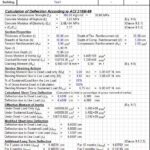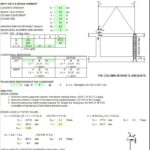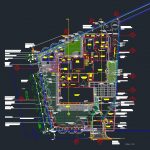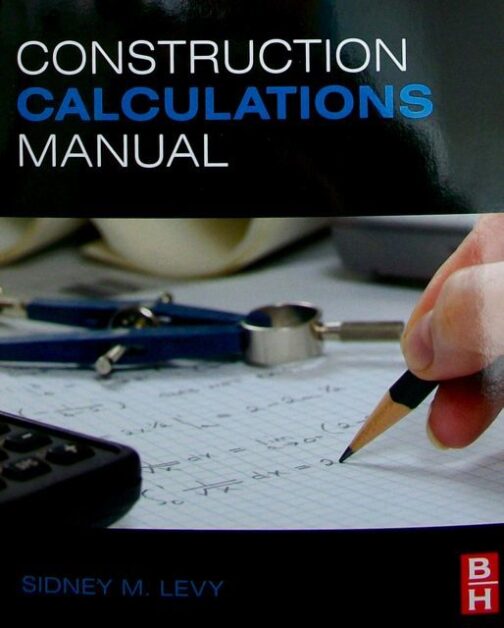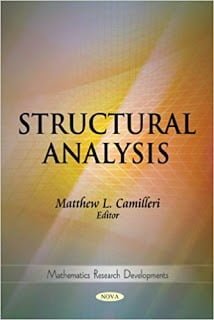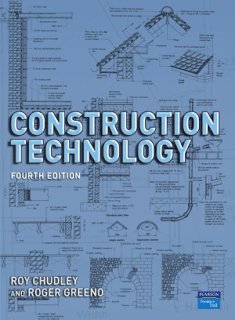
Construction Technology Fourth Edition
17 November 2017Construction Technology Fourth Edition
There are two general aspects to the construction of buildings:
n conventional or traditional methods;
n modern or industrialised methods.
Conventional or traditional methods are studied in the first two years of most
construction courses, with the intention of forming a sound knowledge base
before proceeding to studies of advanced techniques in the final years.
There is, nevertheless, an element of continuity and overlap between traditional and
contemporary, and both are frequently deployed on the same building, e.g.
traditional brick facing to a prefabricated steel-framed commercial building or
to a factory-made timber-framed house.
Initial studies of building construction concentrate on the smaller type of
structure, such as a domestic dwelling of one or two storeys built by labour-
intensive traditional methods. Generally it is more economic to construct this
type of building by these methods, unless large numbers of similar units are
required on the same site. In these circumstances, economies of scale may justify
factory-manufactured, prefabricated elements of structure.
These industrialised methods are usually a rationalised manufacturing process used to produce complete elements, i.e. floors, walls, roof frames, etc.
In modules or standardised dimensional increments of 300 mm.
Very few building contractors in the UK and other developed countries employ
many staff directly.
They are therefore relatively small companies when compared
with the capital value of the work they undertake.
This is partly due to the variable
economic fortunes of the construction industry and the need for flexibility.
[su_button url=”https://drive.google.com/open?id=1xu86CX9qThJ7SEldaKrwGYgYfv78CDLm” size=”7″ center=”yes”]Download Link [/su_button]



